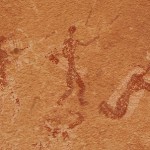
Life on Mars: The Gilf Kebir, Zerzura and the Cave of Swimmers
Rising 300m above the desert floor, and covering an area the size of Switzerland, the Gilf Kebir is one of the most arid and inhospitable places in the Sahara. Located in the Egyptian desert, near the Libyan border a 100km north of Sudan, it shares a latitude with Abu Simbel. For over 100,000 years the Gilf Kebir was home to generations of hunters, followed by two thousand years of use by nomadic herders. It was only re-discovered in 1926, and since then it has been the subject of numerous expeditions for exploration, archaeological and geological investigation and, more recently, tourism. Very remote and arid it remained an almost pristine landscape until recent decades, perfect for field research. Even NASA researchers have studied the Gilf Kebir to evaluate conditions that might prevail on Mars. [more…]

Arthur Weigall: A Man Out of Time – Part 2
As we saw in Part 1, in spite of his lack of a formal education Arthur Weigall pursued the role of archaeological excavator, achieving his dream of working in Egypt. Although his initial achievements were minimal, he was promoted to the position of an Inspector in Egypt, a role he took on with energy and dedication. He was fiercely protective of monuments from Luxor to Nubia, often falling into dispute with the authorities and wealthy patrons over the importance of preservation through proper archaeological technique. [more…]
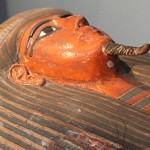
Book Review: Egyptian Myth – A Very Short Introduction
Williams reviews Egyptian Myth – A Very Short Introduction by Geraldin Pinch. Pinch has a formidable task. In 125 pages, Pinch outlines the framework within which Egyptian myths are contextualised before outlining the mythology itself. Such a brief book could have been facile but instead Williams is impressed by Pinch’s achievement. He explains why. [more…]
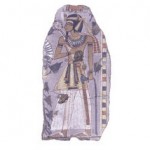
Book Review: A Companion to Ancient Egypt
It is not within the scope of this short article to review the entire two-volume edited collection of papers in A Companion to Ancient Egypt edited by Alan B. Lloyd, particularly as I have only read around 45% of the papers published within it. On the other hand, I have been using the two volumes quite extensively recently and thought that it might be useful to any readers who are considering splashing out the eye-watering sum for this encyclopaedic work if I offered some thoughts on the subject as a whole, rather than looking at individual articles. I have read at least one article in every section. [more…]

The Birth Bower and Mamissi-Chapels in Ancient Egypt
Kate Phizackerley introduces womens’ experience of child birth in Ancient Egypt and the special birth bowers assigned to this important event. She traces how this involved into a special type of chapel, called a mammis and considers what implications might be drawn from one scene depicting Akhenaten and his queen, Nefertiti. Along the way she covers who might attend a birth and touches on some of the medical texts. [more…]
Documentary Review: The Man Who Discovered Egypt
Review by Andrea Byrnes. In Magazine Articles on Egyptological. april 3rd 2012. The Man Who Discovered Egypt 28th March 2012, BBC4 Cast: Presenter – Chris Naunton Director – Deborah Perkin Executive Producer – Christina Macaulay Producer – Deborah Perkin Introduction The man in ‘The Man Who Discovered Egypt’ was Sir William Flinders Petrie, […] [more…]
Book Review: Guide to the Valley of the Kings by Alberto Siliotti
By Kate Phizackerley, Published on Egyptological, Magazine Reviews, Edition 5, April 3rd 2012. Guide to the Valley of the Kings Author: Alberto Siliotti First published: Weidenfeld and Nicholson, London, 1996 (USA, Barnes and Noble 1997) Edition reviewed: 4th Edition (1999) ISBN-10: 076070483X ISBN-13: 978-0760704837 168 pages (hardcover) Introduction There are glossy coffee table picture books […] [more…]
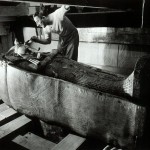
Comparative Book Review: The Discovery of Tutankhamun’s Tomb and Tutankhamun’s Tomb: the Thrill of Discovery
Kate Phizackerley compares and contrasts two books: The Discovery of Tutankhamun’s Tomb (1976) and Tutankhamun’s Tomb: the Thrill of Discovery (2006), both published by the Metropolitan Musuem of Art and both showcasing Harry Burton’s photographs of Tutankhamun’s tomb. She identifies that both have particular strengths and weaknesses. [more…]
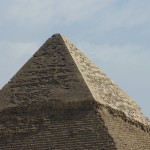
 By
By 